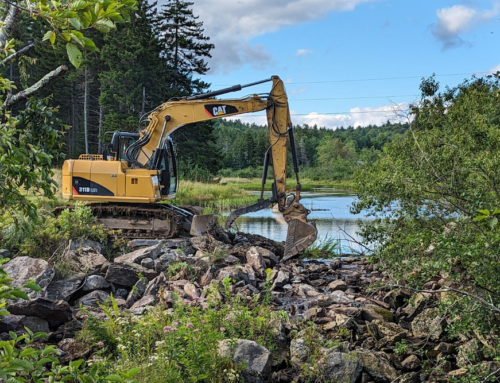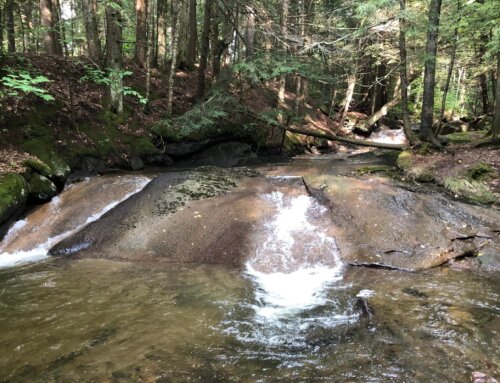 Greenfield, MA—The shortnose sturgeon are an endangered fish that live and reproduce in the Connecticut River. You can learn more about this ancient fish facing modern concerns at a talk with Dr. Boyd Kynard on Wednesday, April 15th at 7pm at the Great Falls Discovery Center in Turners Falls. Presented by the Connecticut River Watershed Council (CRC) and the US Fish & Wildlife Service, this event is free and open to the public.
Greenfield, MA—The shortnose sturgeon are an endangered fish that live and reproduce in the Connecticut River. You can learn more about this ancient fish facing modern concerns at a talk with Dr. Boyd Kynard on Wednesday, April 15th at 7pm at the Great Falls Discovery Center in Turners Falls. Presented by the Connecticut River Watershed Council (CRC) and the US Fish & Wildlife Service, this event is free and open to the public.
“Sturgeon coexisted with dinosaurs,” notes Dr. Boyd Kynard, a local researcher on migratory fish and Connecticut River shortnose sturgeon, “so having shortnose sturgeon living in the Connecticut River is biologically special. Our Connecticut River shortnose was greatly diminished by 19th and 20th Century damming, but today, federal and state agencies are involved in improving the survival for the few shortnose that remain in the river.”
Dr. Boyd Kynard has spent more than 35 years studying this fish with UMass (ECO Dept), the US Fish & Wildlife Service and US Geologic Survey (Conte Lab). He will discuss how Connecticut River shortnose sturgeon went from being a “landlocked” population located only upstream of Holyoke Dam in the 1970s to a non-landlocked population that ranges throughout the river. You will hear about his research on spawning locations, effect of hydropower operations on spawning, and population status. This research is providing guidance for regulatory and fisheries management agencies during the current relicensing of Connecticut River hydropower operations at Holyoke and Turners Falls Dams. Participants will also have an opportunity to speak up for our rivers and fish and have their comments shared with the federal hydropower relicensing agency.
“Over the years, we’ve created many obstacles for migratory fish to overcome as they return to our rivers from the ocean,” says CRC Executive Director Andrew Fisk. “But there has also been lots of great work throughout New England to remove those obstacles and make our rivers more fish-friendly. Thanks to the support of our members and many great partners, we have been working on projects to benefit fish all along the Connecticut River basin.” Recent projects include installing a fish ladder that opened last spring on the Rogers Lake Dam on Mill Brook in Connecticut, removing two deadbeat dams on the upper Wells River in Vermont, and planting over 8,700 trees and shrubs along streams to reduce erosion and improve fish habitat.
The Connecticut River Watershed Council works to protect the watershed from source to sea. As stewards of this heritage, we celebrate our four-state treasure and collaborate, educate, organize, restore and intervene to preserve its health for generations to come. Our work informs our vision of economic and ecological abundance. To learn more about CRC, or to join the effort and help protect our rivers, visit ctriver.org or call 413-772-2020, ext. 201.
###







